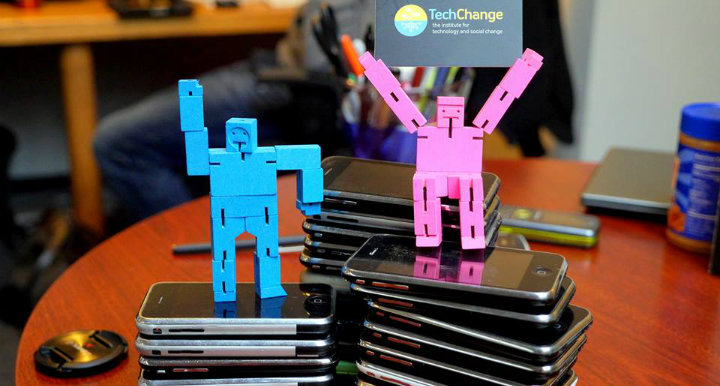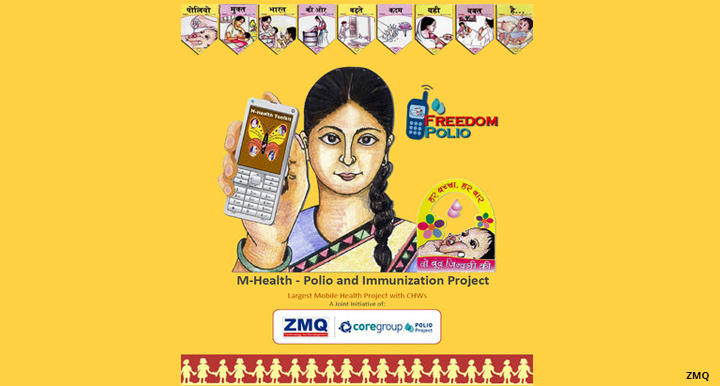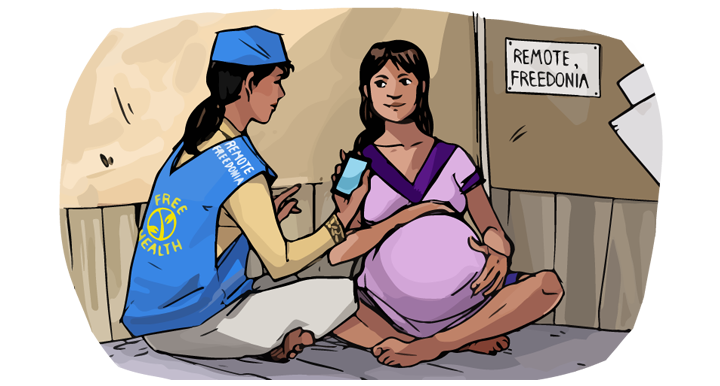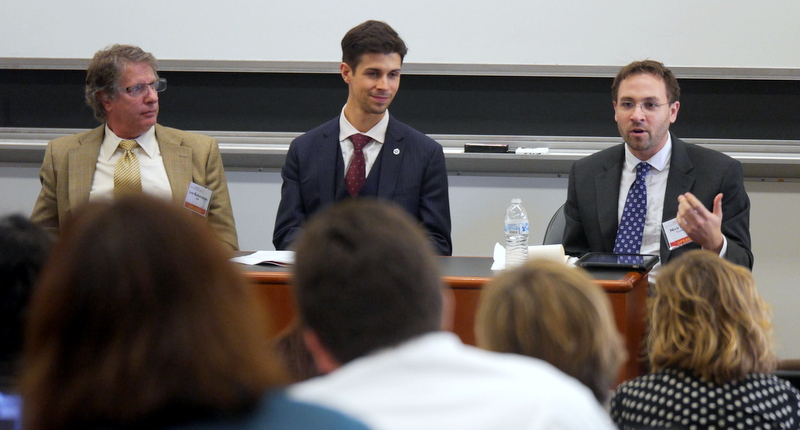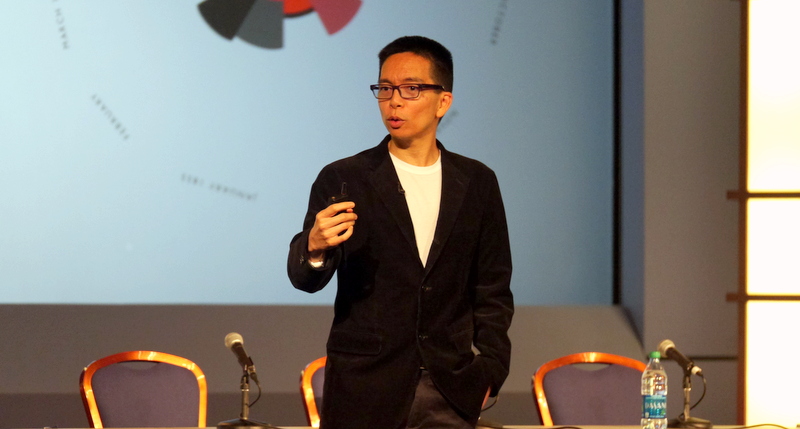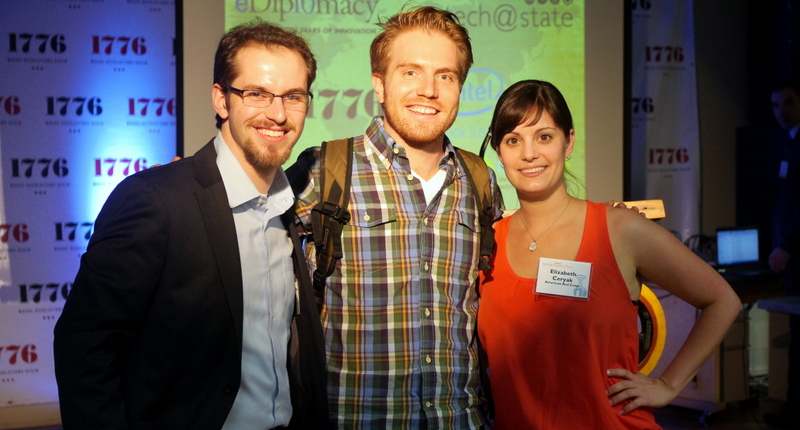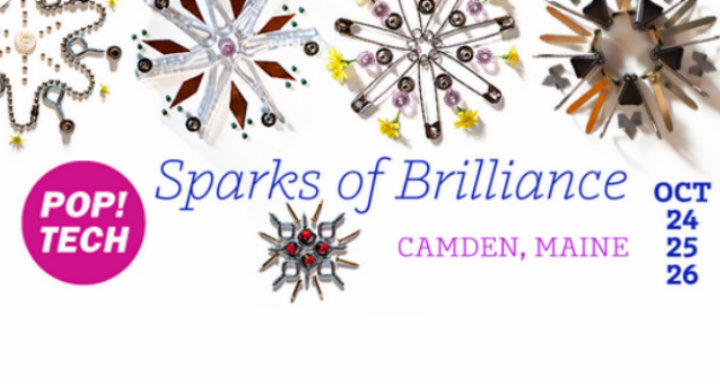Today as we approach 10K followers on Twitter and 5K Facebook likes, I am taking a step back to understand how we created a vibrant online community. More than 2 years and 13,000 tweets ago, I first took the reigns of the TechChange social media accounts. At that point we were still four months out from launching our very first course and we had only received about 30 applications, zero of whom had officially enrolled. I thought, “how can we establish trust that our courses will empower social change agents?” Since then, we have worked tirelessly to build the best online learning experience possible with a robust social media community to promote it. We have now trained nearly two thousand professionals from over 100 countries and a large portion of them determined TechChange to be a credible organization thanks to our social media content. Now looking back, here are three principles we have followed to build our brand as a learning resource for social change.
1. Your Online Brand is a Community Before It’s a Product
Before launching our courses, the only accessible content we were producing was on our blog and our Twitter and Facebook accounts. We had to generate enough quality material for people to pay attention to us and apply to our courses, which were still being built. When I started at TechChange, we were tweeting on average 6 times a day and had almost 2,000 followers. We decided we had to engage a lot more with our community and so we bumped it up to 15-20 tweets/day, which increased our follower rate by 20% month over month throughout the next year. 12% of our course applications were from people who discovered us through Twitter and Facebook and out of all of our marketing methods, these applicants were the most likely to officially enroll. In other words, our highest conversion rates came from social media engagement. We listened to what our community had to say so we weren’t just building courses for them, we were building courses with them.
If your organization hasn’t made online community engagement a priority, then you are missing out on exposure and building credibility. It is never too early to start engaging with your online community, even if your products or services aren’t even publically launched. People interact on social media to share ideas and as long as yours are good, you will find your community will grow fast.
2. Define Your Community and Respond to Their Content
We work in tech for social change, which is actually quite a large idea that is difficult to define. To help figure out our target community, we generated a spreadsheet with our course subjects in each column, such as emergency management, mobile phones for international development and health, eGovernance, social entrepreneurship, etc. I have filled up each column with dozens of blogs and news outlets in these areas, which I read and scan through daily on my RSS reader. This list of 100+ thought leaders and organizations has become one of my most valuable documents I have created at TechChange.
Our community is vibrant and highly active on Twitter. 15% of our followers tweet hourly and another 15% tweet at least daily, so we know there is always an actual conversation happening.  Not only do we respond to and discuss our followers’ content, but by promoting it we show that we are aware of every single new development in the field. This has been vital to our role as educators in a space that is rapidly changing to offer our participants the latest tools, theories, and case studies possible.
Not only do we respond to and discuss our followers’ content, but by promoting it we show that we are aware of every single new development in the field. This has been vital to our role as educators in a space that is rapidly changing to offer our participants the latest tools, theories, and case studies possible.
3. Use the Right Tools
There are a plethora of social media engagement tools fighting for you to do a 15-day free trial and give you all the analytics you need to be a “guru.” The truth is, you are being successful in social media when you act like a human that adds value to the community. However, there are a few tools that I use to make that process much more efficient. I mentioned above that I read through content from 100+ blogs and news sites everyday. This translates to about 500 new stories every 24 hours that I have to sift through and decide which are the most interesting and relevant.
Feedly allows me to do this extremely well, by organizing my content topically and integrating with other tools very easily. It is hands-down the best RSS reader (Google Reader included!) and you should switch to it today.
Buffer is my favorite tool to time tweets throughout the day and I can add tweets and Facebook posts to it directly from Feedly. I spend the first 30-60 minutes of my morning getting this app topped up for the rest of the day. User beware: people can easily tell when you’re not being genuine and are robotically churning out timed news stories. It is important to remain engaged and try to keep a discussion going around each story.
Tweetbot while costly, this app does give you all the functionality you need if you are managing multiple accounts. You can quickly search new trends, stay in tune with twitter chats, and have it all synced up between your computer and mobile. If you are particular about your column feeds, feel that customization is a necessity, and want to do all your social engagement in one place then I definitely recommend it.
For analytics there are plenty of subscription options, from Sprout Social and Social Bro to Topsy and Hootsuite. They will all tell you the best times to engage with your followers, who they are and what they are talking about. They will give you ranking and influence scores and all sorts of other data that is nice to know but probably won’t change your behavior too dramatically for how much they will charge you. However, there are a couple analytics tools that can give you important data for free. Hashtracking and TheArchivist are fantastic. They gather data on particular hashtags when you want to track a Twitter chats or event. Another solid tool is TweetReach, which tells you who interacts with you most and how influential they are.
The way people interact online seems to change every year and the top organizations will create strategies for every new social media channel. These three guidelines have helped us become a reputable online education provider thus far and as we continue to follow them, we hope to be able to navigate all the changes that await us.
—-
Screenshots from Followerwonk
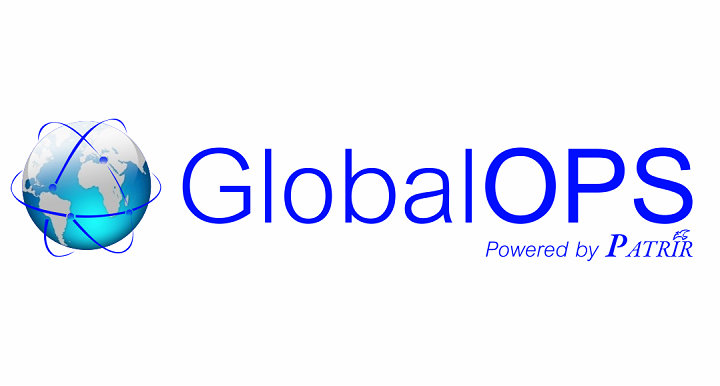 TechChange is proud to be working with Global OPS, a platform for global peacebuilding, to provide real-time, customized assistance and professional development training for policy makers and peacebuilding practitioners working on the ground globally for peacebuilding, conflict prevention, and post-war recovery.
TechChange is proud to be working with Global OPS, a platform for global peacebuilding, to provide real-time, customized assistance and professional development training for policy makers and peacebuilding practitioners working on the ground globally for peacebuilding, conflict prevention, and post-war recovery.
